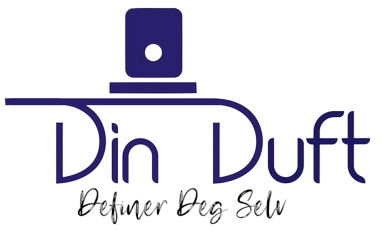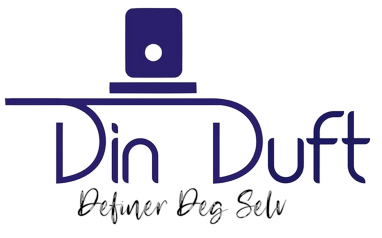Relaxation Therapy
Relaxation Therapy
What is the secret of relaxation?
The key of rest lies in creating a harmonious balance between the thoughts and body. It includes techniques that promote a state of calmness and reduce stress.

One essential facet of leisure therapy is mindfulness, which encourages people to give attention to the current moment, allowing them to let go of worries and distractions. Incorporating practices such as deep breathing, meditation, and visualization can significantly enhance leisure.

Additionally, establishing a peaceable environment is essential; think about elements like soft lighting, soothing sounds, and comfortable seating to facilitate a serene atmosphere. Regularly engaging in these practices may help people develop a deeper sense of rest that contributes to total well-being.
What are the disadvantages of Relaxation therapy?
Relaxation remedy provides numerous benefits, however it additionally has several disadvantages that ought to be thought of:
- Lack of Immediate Results: Many folks anticipate quick relief from anxiety or stress, however rest remedy usually requires consistent practice before advantages are noticeable.
- Not a Standalone Treatment: For some individuals, rest therapy may not be adequate to deal with deeper psychological issues, necessitating further therapies similar to treatment or psychotherapy.
- Requires Commitment: Regular apply is essential for effectiveness, which is normally a challenge for those with busy schedules or motivation points.
- Individual Variability: What works for one particular person could not work for an additional. Some might discover rest strategies unhelpful or even uncomfortable.
- Physical Discomfort: Certain leisure strategies, similar to yoga or deep stretching, may lead to bodily discomfort or harm, particularly if not accomplished appropriately.
- Misunderstanding of Techniques: Inadequate training or understanding of relaxation strategies can lead to ineffective practice or frustration.
In abstract, while rest remedy may be beneficial, you will want to be aware of its limitations and contemplate a holistic approach to managing stress and HiOP nervousness.
What is applied rest therapy?
Utilized rest therapy is a therapeutic strategy aimed at lowering stress and promoting psychological well-being through varied leisure techniques. It incorporates strategies that help individuals achieve a state of deep relaxation and alleviate tension in both the mind and physique.
Key Components of Utilized Relaxation Therapy:
- Breathing Exercises: Focus on managed respiration to advertise calmness.
- Progressive Muscle Relaxation: Involves tensing and then stress-free different muscle teams to launch pressure.
- Meditation: Mindfulness practices that encourage a larger sense of consciousness and presence.
- Guided Imagery: Visualization techniques that invoke calming scenes or experiences.
- Biofeedback: Using digital monitoring to train people to manage physiological processes.
The effectiveness of utilized relaxation therapy can be enhanced when built-in with other therapeutic practices, aiming for a holistic approach to mental health and emotional resilience.


No Comments